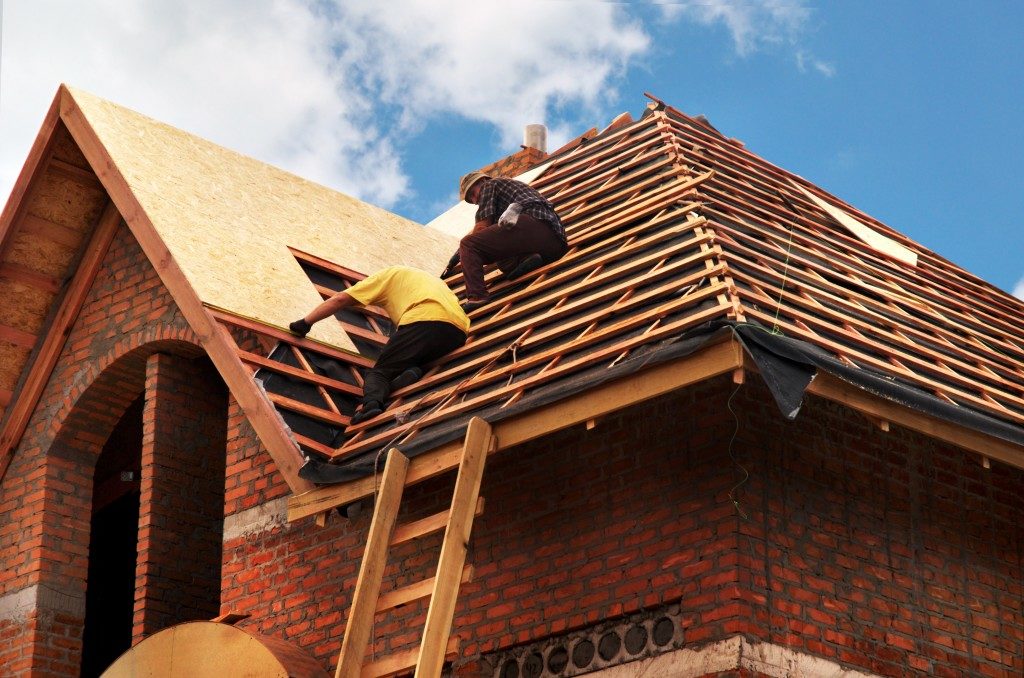Settling down by the beach is the dream of many prospective homeowners, and if you could choose any country to enjoy the island lifestyle best, New Zealand would have to be top of the list. It’s the fifth-largest island nation in the world, and boasts a unique variety of rugged landscapes, combining mountains and forests with fjords and active volcanoes. An increasing number of people are developing properties along the country’s coastal areas, and in the process, unique challenges posed by the elements must be overcome; here are a few of the materials you might expect to find in a coastal home.
Dense wood
A near-universal material for construction due to its versatility and timeless natural beauty, most varieties of wood can suffer from vulnerability to the elements present along the many coastal areas of New Zealand. Dense, high-quality materials such as marine plywood are the safest choice. This grade of wood is resistant to constant immersion in saltwater or freshwater and certified for use in boats, piers, and other waterfront structures. It has no internal voids which might trap water and lead to rot. The glues used in this wood are also weather-and-boil-proof; if it’s good enough to be made into a boat, it can undoubtedly withstand even torrential rains.
Impact-rated windows
Kiwis don’t have to deal with tropical cyclones as frequently as do people living in countries further north, for example; on average, one cyclone per year makes its way south towards the country. Yet the few ones that do enter these waters can spring a nasty surprise, re-intensifying and threatening a severe impact. Using impact-rated glass and shutters to protect windows, especially in sea-facing areas of the home, will keep out windborne debris and help make the home impervious to water during such weather events.
Metal roofing
Roof shingles may be commonplace in most homes, but the idea of individual tiles loosening or cracking and flying around in strong winds would make any prospective coastal homeowner think twice about using this material for their roofing needs. Steel panels instead offer a durable, weather-resistant option with excellent reflective properties, lowering the cost of maintenance and cooling in the long term to more than offset the initial outlay.
Concrete flooring

You may not find a more ubiquitous construction material than concrete, and when it comes to coastal properties, there may be no better choice for flooring. Even if the house is located some distance from the actual seafront, water has many ways of entering the home – during storms, or through long-term exposure to elevated levels of moisture. Hardwood flooring can easily warp over time, whereas concrete floors will be more durable and low-maintenance. In hot weather, the cool surface of concrete flooring will be positive, and you can always throw a rug over it for comfort when the seasons change.
Porcelain tiles
Most bathrooms you’ve seen use porcelain tiles to cover surfaces. The material has excellent water resistance and durability, so in a coastal home, these tiles can be applied to many areas. Parts of the floor, or external walls, can be lined with tiles to help keep water out. Outdoor areas can skip the wooden decking – which could take a beating from the daily exposure to the elements – and use porcelain instead.
The beauty of a coastal home often hides the challenges that homeowners must deal with to build and maintain their property, but these materials and corresponding techniques will help solve such difficulties.




